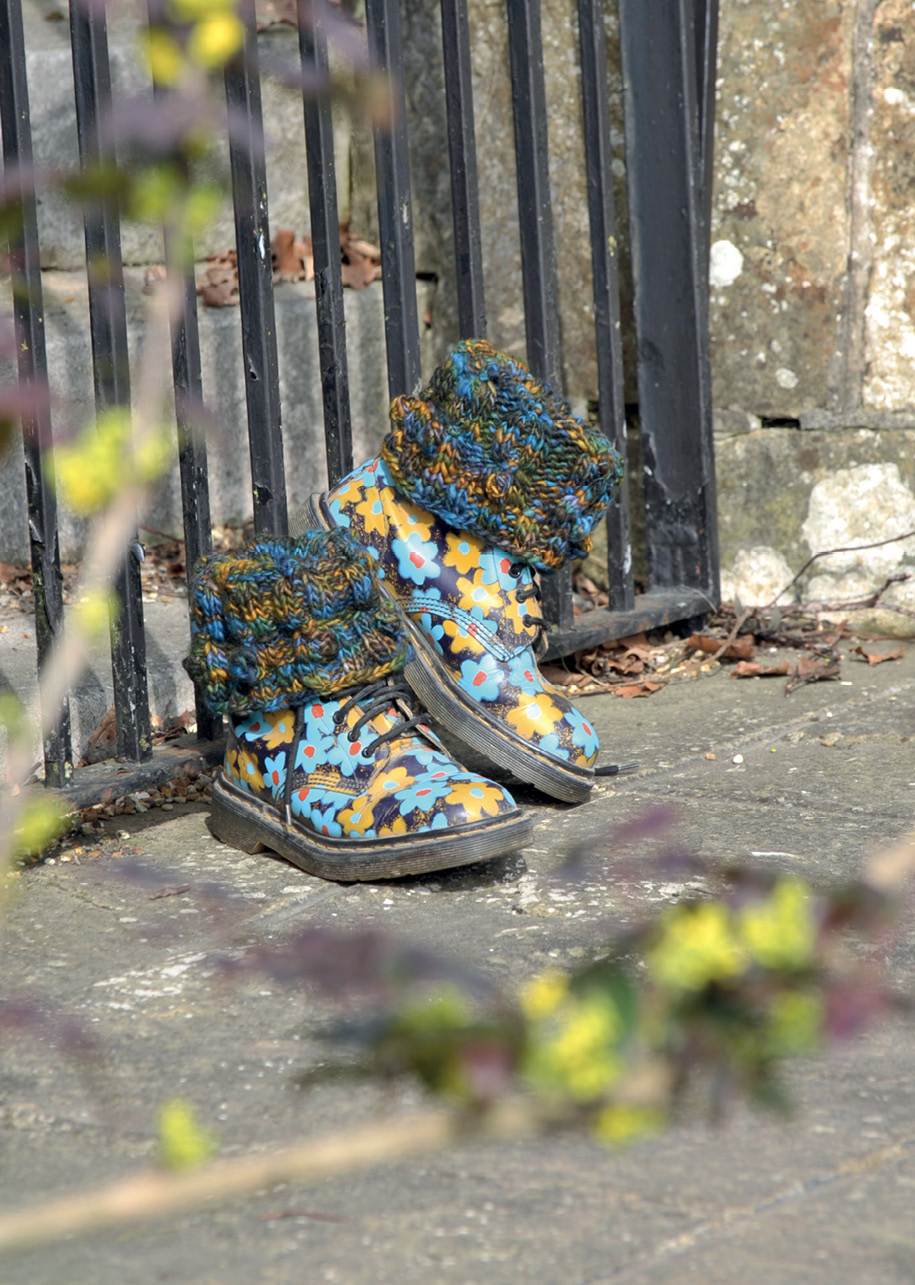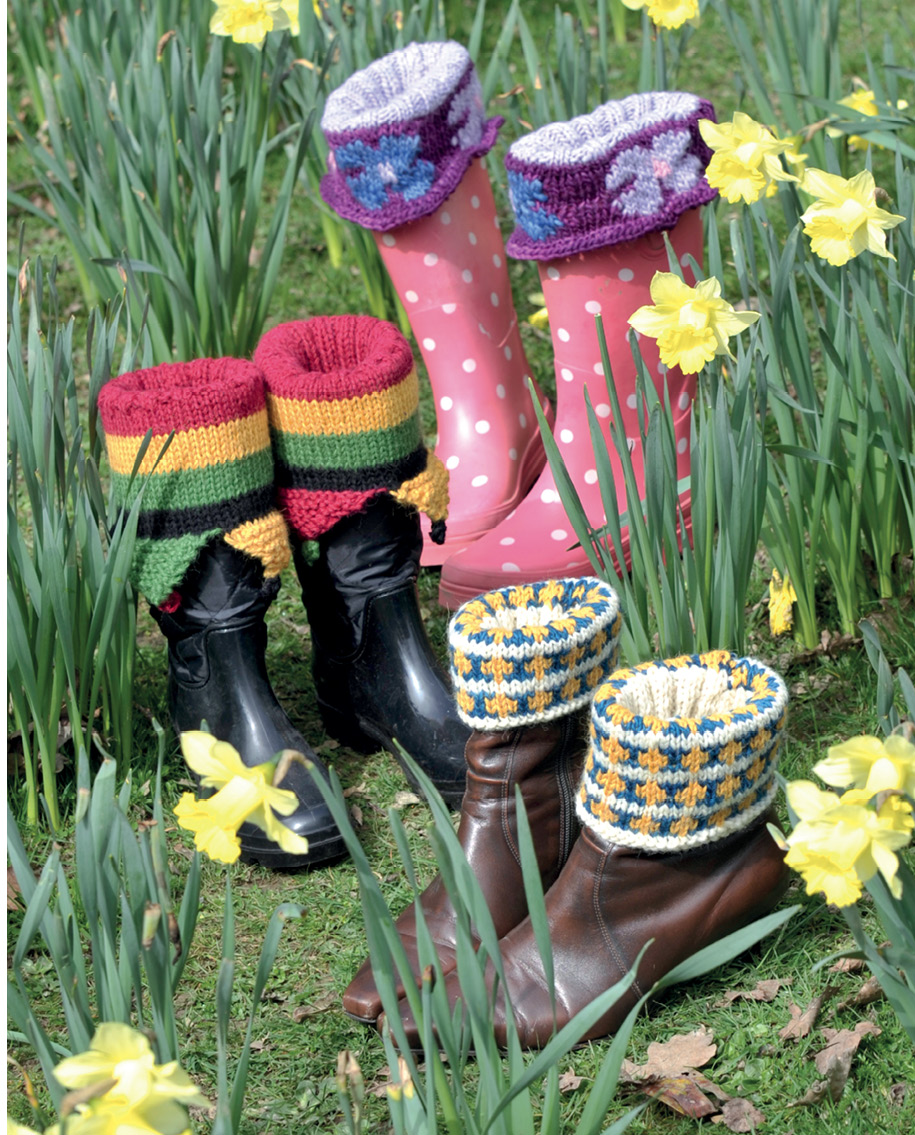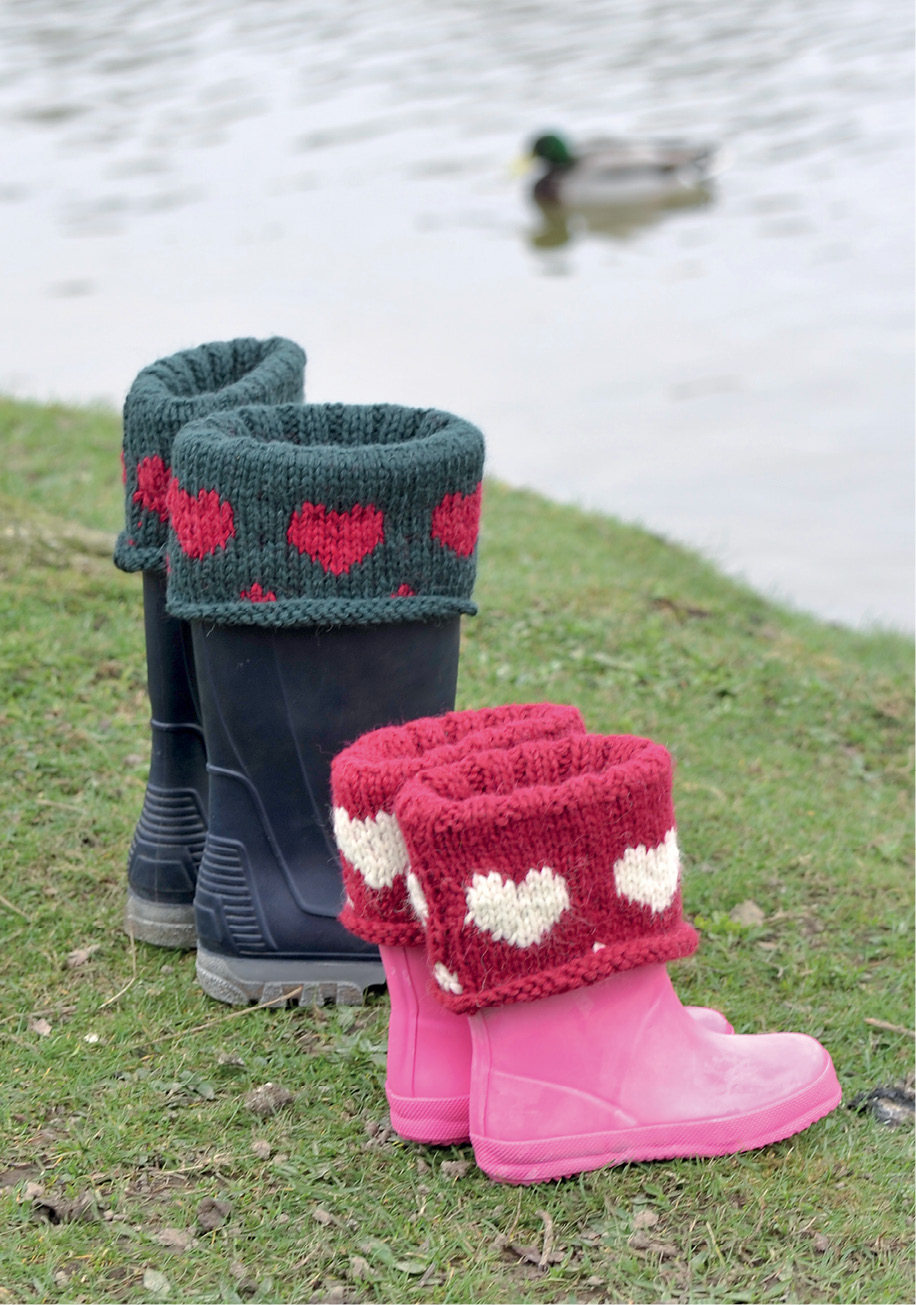Monica Russel is a qualied Teacher and Art Therapist, and worked in schools, Further Education and Mental Health services for twenty-ve years. In 2009, she set up a knitting and cake stand making business using her creative skills. Monica designs all her own patterns and sells her knitting kits, which use only natural bres, through her website. She attends many craft and knitting fairs and loves craft challenges. Since setting up her craft business, she has had patterns featured in knitting magazines and books.
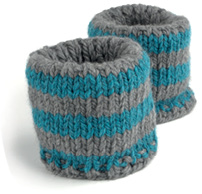
First published in Great Britain 2012 Search Press Limited
Wellwood, North Farm Road,
Tunbridge Wells, Kent TN2 3DR Text copyright Monica Russel 2012 Photographs by Debbie Patterson on location Photographs and design copyright Search Press Ltd 2012 All rights reserved.
No part of this book, text, photographs or illustrations may be reproduced or transmitted in any form or by any means by print, photoprint, microfilm, microfiche, photocopier, internet or in any way known or as yet unknown, or stored in a retrieval system, without written permission obtained beforehand from Search Press. Print ISBN: 978-1-84448-849-0
EPUB ISBN: 978-1-78126-187-3
Mobi ISBN: 978-1-78126-188-0
PDF ISBN: 978-1-78126-189-7 The Publishers and author can accept no responsibility for any consequences arising from the information, advice or instructions given in this publication. Readers are permitted to reproduce any of the items in this book for their personal use, or for the purposes of selling for charity, free of charge and without the prior permission of the Publishers. Any use of the items for commercial purposes is not permitted without the prior permission of the Publishers. Suppliers If you have difficulty in obtaining any of the materials and equipment mentioned in this book, then please visit the Search Press website for details of suppliers: www.searchpress.com
| Dedication To Trevor, Matthew, Jacob and Claerwen for their encouragement, ideas and support; and to Jeannine for her willingness to act as my sample model. |
| Abbreviations |
| beg: | beginning |
| DPN: | double-pointed needles |
| inc: | increase (by working into the front and back of the stitch) |
| k: | knit |
| k2tog: | knit two stitches together |
| knitwise: | as though to knit |
| p: | purl |
| p2tog: | purl two stitches together |
| PM: | place marker |
| psso: | pass slipped stitch over |
| rem: | remaining |
| rep: | repeat |
| sl: | slip, usually slip 1 stitch |
| st(s): | stitch(es) |
| tbl: | through back loop |
| WS: | wrong side |
| *: | repeat the instructions following the * as many times as specified |
Contents Introduction This book brings together a wide range of knitted cuffs, toppers, hugs and covers for all types of boots, be they fashion, wellington or walking boots.
Smart and practical, these cuffs bring a touch of colour, style and individuality to everyday wear as well as keeping your legs warm and draught-free. The patterns in this book can make your favourite pair of boots even more versatile, and they also give you, the knitter, the chance to try something new, challenging and unusual. The patterns offer opportunities for knitters of all abilities, from novice knitters to the more experienced. The eclectic range of designs covers fun, simple motifs like pigs and penguins, and a wide variety of more sophisticated textures including cables, bobbles and lace. Some of the bolder designs were inspired by the strong lines and vibrant colours of Art Deco, a personal favourite style of mine. This book has been fun and challenging to write, and has given me the incentive to indulge myself in bright colours, subtle shades and luxurious yarns.
I have really enjoyed having the time to be creative and develop my own ideas. These boot cuffs cater for all age and tastes, and colours can always be substituted for those given. The ideas for the patterns can be transferred to other accessories to enhance and co-ordinate anyones wardrobe. I hope you enjoy knitting them all!
Whether you call them hugs, toppers or cuffs, these fantastic accessories are functional, attractive and fun. They can revitalise a favourite pair of boots; enhancing a classic style or giving a fresh new look. Perhaps best of all, they add comfort and warmth to your boots, so even your festival wellies can be comfortable and stylish! Knitting know-how General notes The sizes of the boot cuffs given in the projects are for an average-sized boot.
The patterns can be adapted: try making them bigger for wellington boots or smaller for short fashion boots. Yarn and tensions All the boot cuffs in this book have been knitted in natural fibres. I chose to knit in Artesano and Manos Del Uruguay yarns for their luxurious feel and quality, but any comparable weight yarn will work. All tensions given are for stocking stitch. Super Chunky yarn: Artesano Super Chunky (Super Bulky) 50% superfine alpaca/50% Peruvian highland wool Tension: 7.5 sts in 9 rows in 10cm (4in) using 12mm (UK -; US 17) needles. Yardage: 100g; 33m (36yd).
Aran weight yarn: Artesano Aran 50% alpaca/50% Peruvian highland wool. Tension: 17sts in 21 rows using 5mm (UK 6; US 8) needles Yardage: 100g; 132m (144yd). DK pure alpaca yarn: Artesano DK 100% pure superfine alpaca. Tension: 22sts and 30 rows using 4mm (UK 8; US 6) needles. Yardage: 50g; 100m (109yd). Textured aran yarn: Manos Del Uruguay Wool Clasica handspun kettle-dyed 100% pure wool.
Tension: 1418sts in 10cm (4in) row. Yardage: approx. 100g; 125m (138yd). Needles For these projects I used both straight and double-pointed needles made from sustainable wood. I find these great to knit with because of their durability, and they are flexible enough to work with in all temperatures. The double-pointed needles were only used to cast on with before transferring to circular needles.
I used 60cm (23in) circular needles for the thicker boot cuffs but these could equally well be knitted using straight needles. All single-pointed needles come in pairs and double-pointed needles come in sets of five.
| Knitting note Use the DK pure alpaca yarn double throughout the patterns. |
|
| Knitting note Twist the textured aran yarn every three to four sts to avoid long loops at the back of your work. |
|

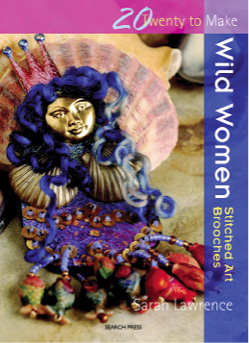

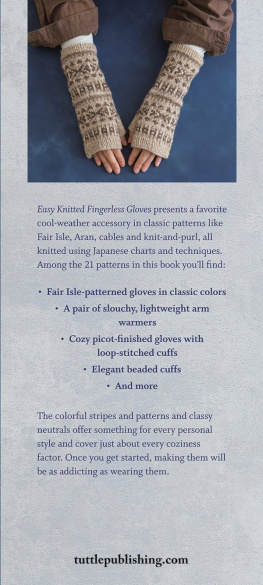
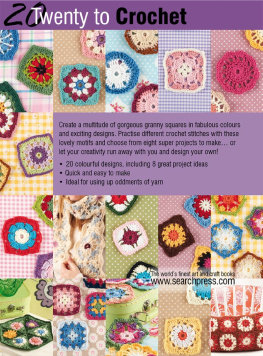
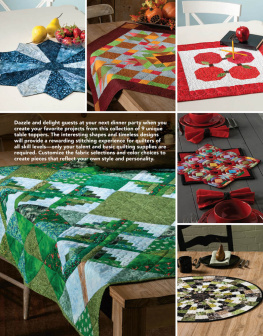

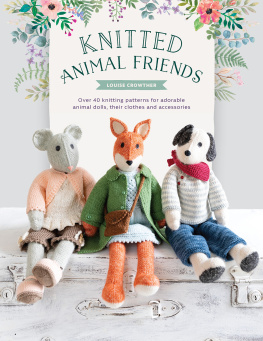
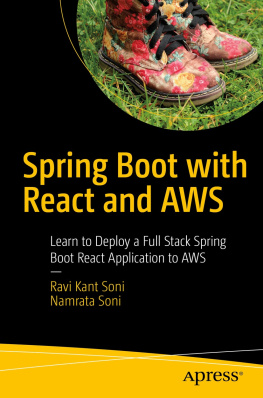
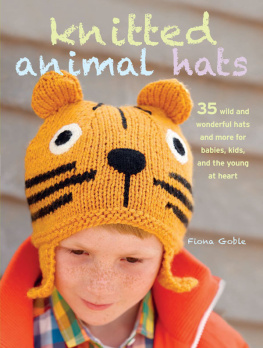
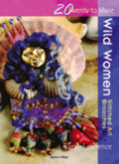
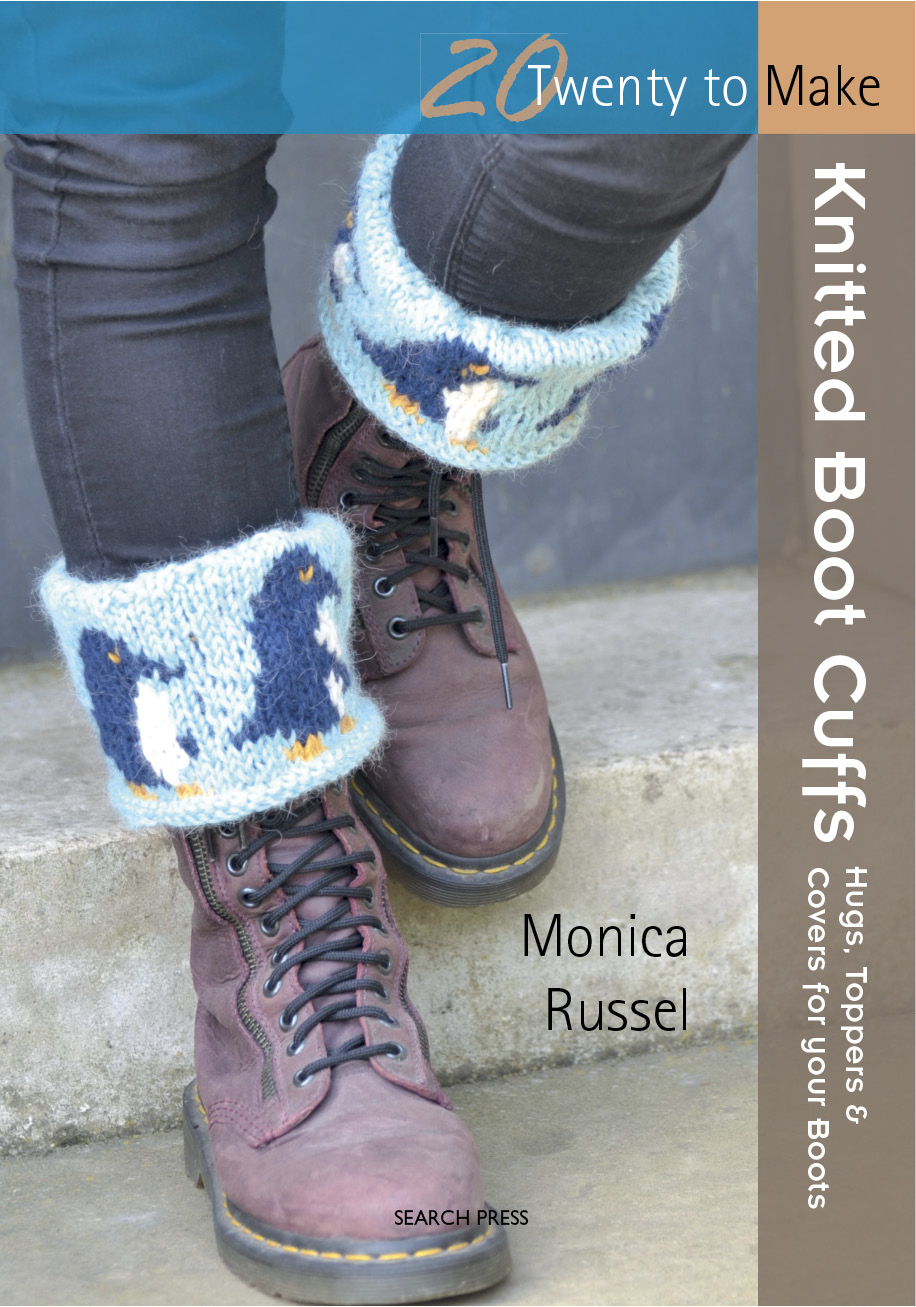
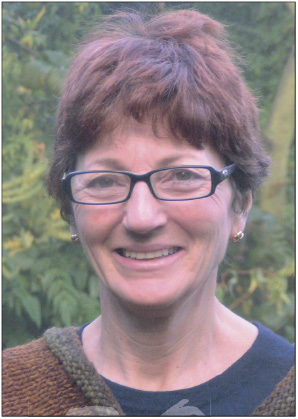
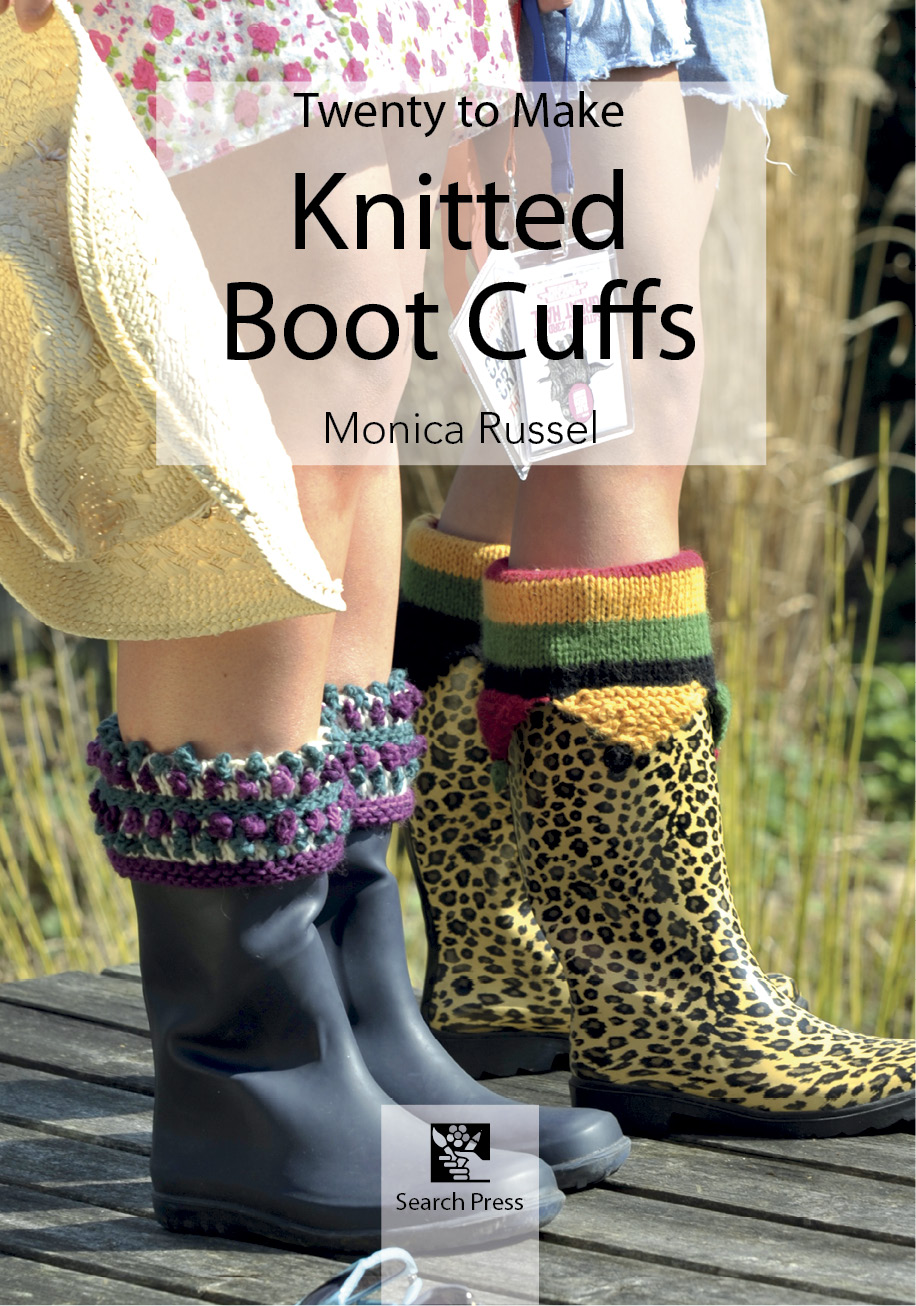
 First published in Great Britain 2012 Search Press Limited
First published in Great Britain 2012 Search Press Limited